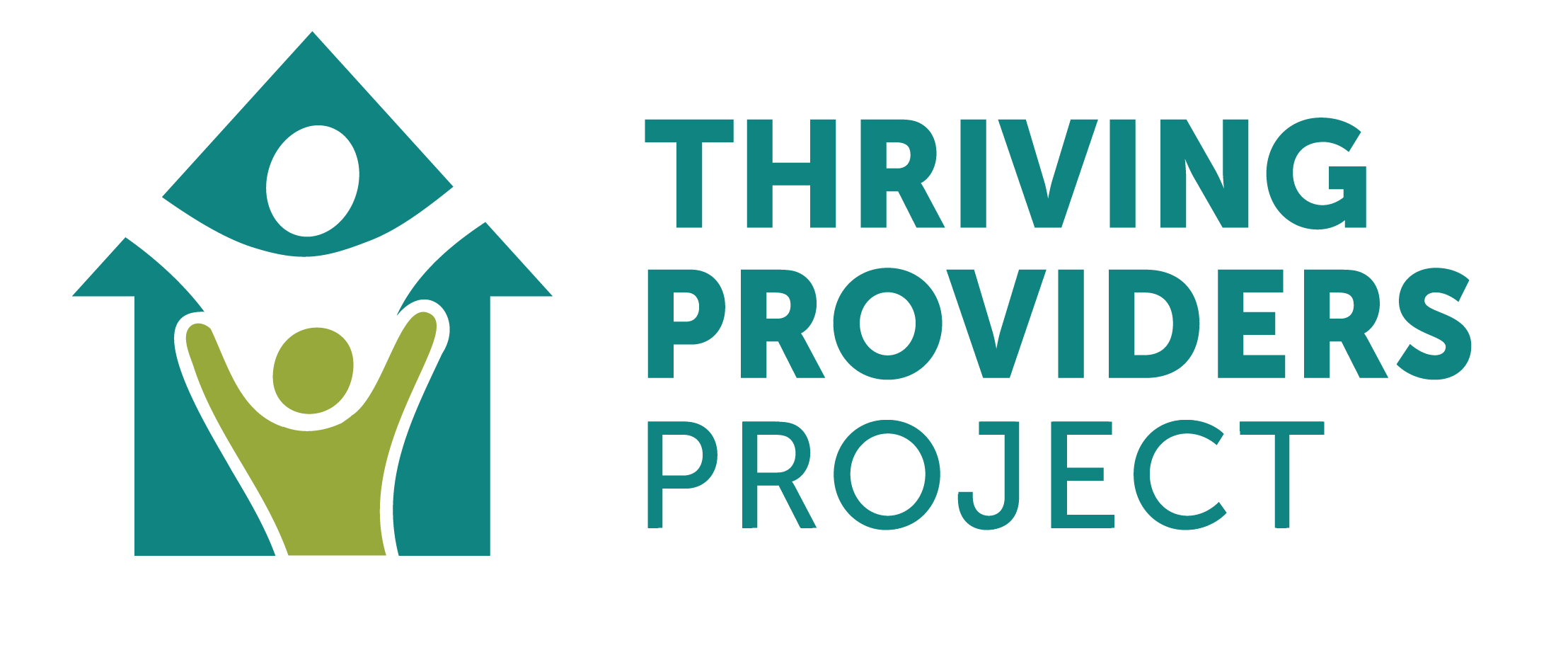Author: Anne Vilen
Child care businesses, especially the licensed family child care homes that hundreds of Philadelphia families depend on for regular child care so that they can go to work, operate on the thinnest of financial margins. From month to month, after the expenses of mortgage or rent, insurance, utilities, quality learning materials, cleaning supplies, food for the children they serve, and assistant staff, most barely break even. And that’s when the reimbursements for children receiving a child care subsidy come in on time. This year, when the state subsidies that cover the cost of care for most children were delayed because of an administrative bungle, some programs had to shut down.
Similar cash flow debacles have occurred in Missouri y New York, putting a huge strain on child care providers and threatening an already-struggling industry. In Philadelphia, however, many home-based providers got relief from Home Grown’s Proyecto de Proveedores Prósperos (TPP), a new privately funded program that gives $500 a month to child care providers, no strings attached. Forty-five caregivers were accepted into the program and received their first payment on May 15—just in time to buffer the delayed payments resulting from a change in the state’s designated vendor for distributing subsidy reimbursements.
Angela Vinson, a licensed provider with 28 years of experience, reported her June student attendance into the required invoicing database on time as she always does. A check for the care of those five children should have arrived in July two weeks before her mortgage payment was due. “When the money didn’t come, I had to juggle and move money around. I had some savings, but I was still $250 short on paying my mortgage. Then, the day before my mortgage was due, I got a notification from the bank that my TPP money had been deposited, and it was exactly enough for me to complete my mortgage payment. That money saved me!”
In August, when state subsidy payments finally resumed, the TPP payments also continued. “I’ll use that $500 a month mostly for food for the kids,” says Vinson. As a licensed provider, she participates in the federal Child and Adult Care Food Program, but says that those reimbursements don’t fully cover what she spends each month on meals and snacks. “And I’ll be able to replenish my savings so that I have a small cushion if this ever happens again.” Cash payments for the providers will continue for 18 months (two payments of $250 per month) funded to the tune of $382,000 by Vanguard Strong Start for Families y Spring Point Partners, local funders who are collaborating to address the systemic issue of low compensation in early childhood education. Christina Coleman, a parent who sat on the TPP advisory board, agrees that although the payments are small, they provide real relief. “As a parent, I understand how much difference a few dollars can make,” she says. “You can take a self-care day or pay bills, or buy more fruits and vegetables for your kids’ meals. Those things make it easier to be patient, to be a better teacher, to be more present for kids in your care. That’s a benefit for providers and for families.”
Adele Struble, who manages the project at Public Health Management Corporation (PHMC), the implementation partner for TPP, notes that Vinson’s experience is a good example of how consistent, reliable payment, even when those payments are small, are crucial for sustaining the supply of child care in our communities. She hopes the project will help all providers, those who have been in business for a long time and those just starting out. “The goal is to stabilize the family child care workforce and the families who depend on that workforce. When families have to switch child care, it isn’t fair to kids. And if there aren’t enough child care options where you work and live, the consequences of your child care closing are pretty terrifying.”
The wage supplement is especially important for home-based providers because currently, state reimbursement rates for family child care homes are set at a lower rate per child than for centers, says Elizabeth Farwell Ozer, of First Up, a local nonprofit that provides technical assistance and professional development for early educators. Family child care providers take home on average less than $30,000 a year. TPP’s direct cash payments boost that income by almost 20 percent. To serve both the providers and the families in high-need areas, TPP Philadelphia prioritizes home-based providers who serve subsidized families, operate in areas of high poverty (including most of Philadelphia), and/or operate in zip codes identified as having a child care shortage.
The benefits of participating in TPP go beyond a boost in income. Providers from the Colorado pilot of TPP, which after two years has yielded impressive results, said they felt more comfortable seeking assistance and more connected to resources and opportunities than before they were part of the project. Struble confirms that this is also happening in Philadelphia. Providers are reaching out and asking what other resources are available. “This isn’t going to solve all the problems with child care,” says Struble, “but it has opened the door to further conversations. We’re directing them to other opportunities for professional development which will increase their standard of quality, and we’re hopeful that there will be grants and other opportunities they can access down the line.”
Child care advocates in Philadelphia are excited about the program’s potential. “We’ll use the data to identify and try to remove barriers that make it difficult to sustain a family child care business,” says Ozer. “These providers are holding on by the skin of their teeth. We want to change that because we believe that family child care homes provide a huge benefit to our community. They are caring for our kids, keeping them safe, teaching them, and keeping families working and happy. This is money well spent.”

